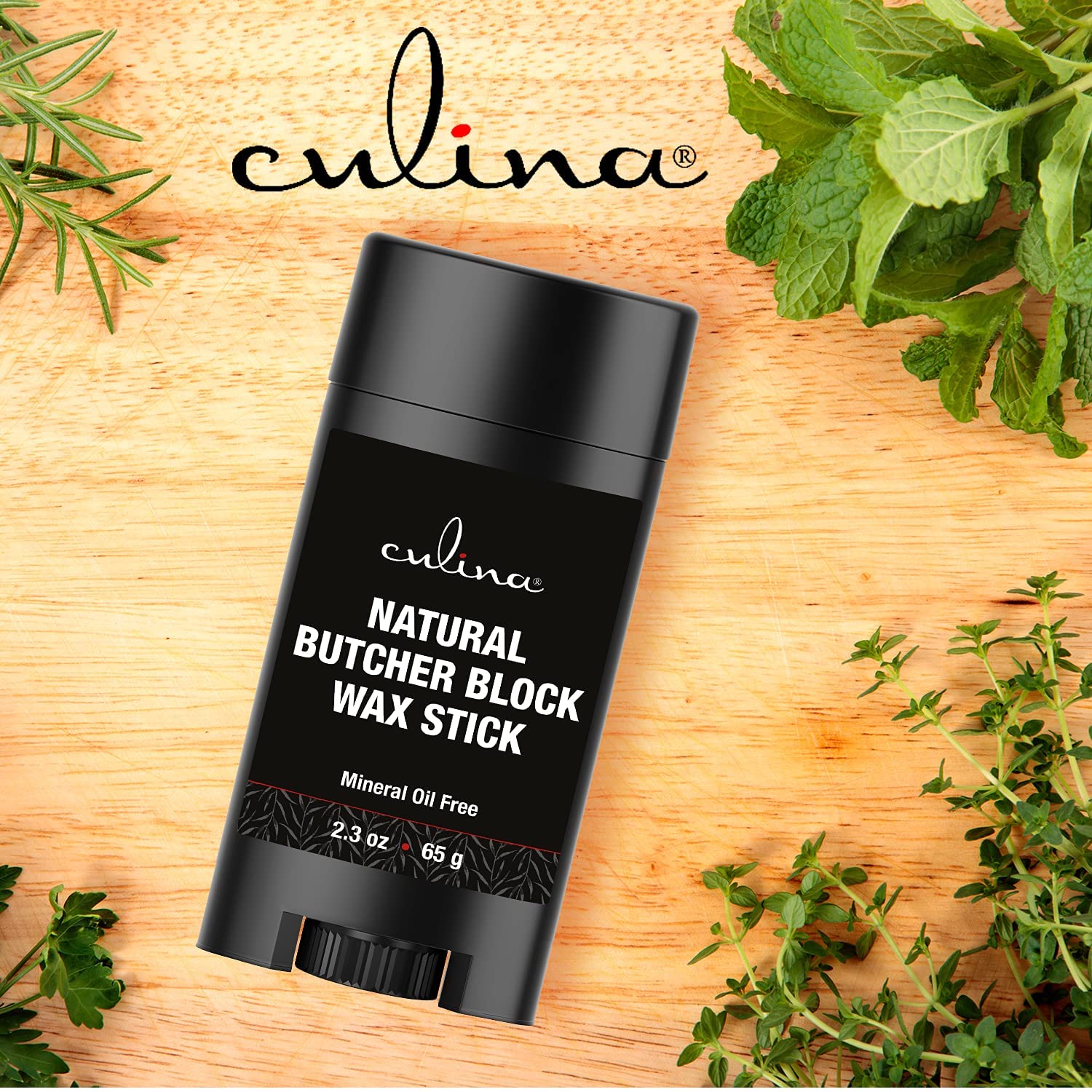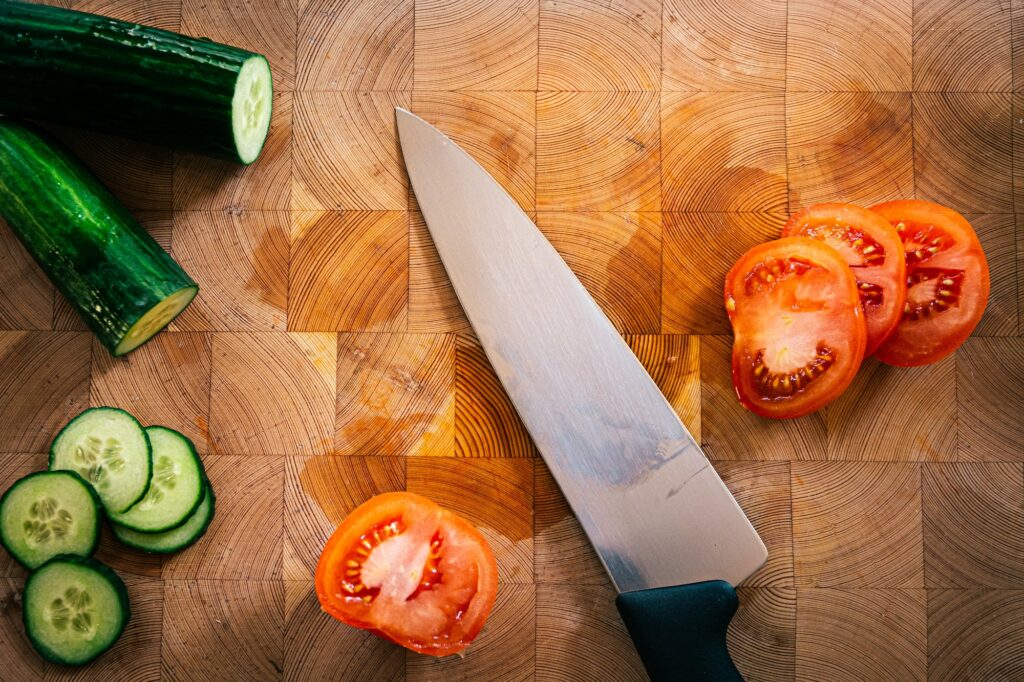A wooden cutting board is an essential tool in every kitchen, used for chopping and preparing delicious meals. However, if it ends up sitting in the sink, it can become a breeding ground for bacteria and unpleasant odors. In this article, we will explore how to clean a wooden cutting board that was sitting in the sink effectively, ensuring it remains safe and hygienic for all your culinary adventures. Spoiler alert: its not as difficult as you might think!

Why Proper Cleaning is Important
Wooden cutting boards are porous, which means they can absorb liquids and harbor bacteria if not properly cleaned. Letting your cutting board sit in the sink can lead to contamination and potential health risks. Proper cleaning and maintenance are vital to prolong the life of your cutting board and keep your kitchen safe.
The Consequences of Neglect
If a wooden cutting board is left unattended in the sink for too long, it can become warped, stained, and smelly. The moisture can cause the wood to swell and crack, rendering the board unusable. Additionally, bacteria from food residues can multiply, leading to cross-contamination when you use the cutting board again.

Gathering Your Cleaning Supplies
Essential Tools and Ingredients
- Mild dish soap
- Warm water
- White vinegar or hydrogen peroxide
- Coarse salt
- Lemon or baking soda
- Soft sponge or brush
- Clean towel
Optional Extras
For an extra thorough clean, you may also want to have some mineral oil or coconut oil on hand to condition the wood after cleaning.

Step-by-Step Cleaning Process
Initial Rinse
Begin by rinsing the cutting board with warm water to remove any loose food particles and debris. Avoid soaking the board, as excessive water can damage the wood.
Applying Dish Soap
Using a soft sponge or brush, apply a small amount of mild dish soap to the cutting board. Gently scrub the surface in circular motions, paying extra attention to any stains or residue.
Disinfecting the Board
To disinfect, you can use either white vinegar or hydrogen peroxide. Apply the chosen disinfectant to the surface of the board and let it sit for a few minutes. This will help eliminate any lingering bacteria.
Scrubbing with Coarse Salt
For a deeper clean, sprinkle coarse salt over the cutting board. Use a lemon or a sponge to scrub the salt into the wood, removing stains and odors. Baking soda can also be used as an alternative to lemon.
Rinsing and Drying
Rinse the cutting board thoroughly with warm water to remove soap and disinfectant residues. Pat the board dry with a clean towel and allow it to air dry completely before storing.
Preventative Maintenance Tips
Regular Cleaning
Make it a habit to clean your wooden cutting board after each use. This will prevent the buildup of food residues and bacteria.
Oiling the Board
Conditioning your cutting board with mineral oil or coconut oil helps to maintain its integrity and prevent cracking. Apply a thin layer of oil to the surface and let it soak in overnight.
Proper Storage
Store your wooden cutting board in a dry, well-ventilated area. Avoid placing it near sources of heat or moisture, as these can cause the wood to warp.
Frequently Asked Questions
1. How often should I clean my wooden cutting board?
You should clean your wooden cutting board after each use to prevent the buildup of bacteria and food residues.
2. Can I put my wooden cutting board in the dishwasher?
No, wooden cutting boards should not be placed in the dishwasher. The high heat and moisture can cause the wood to warp and crack.
3. How can I remove stains from my cutting board?
Stubborn stains can be removed by scrubbing the board with coarse salt and a lemon. Alternatively, a paste made of baking soda and water can also be effective.
Conclusion
Knowing how to clean a wooden cutting board that was sitting in the sink is essential for maintaining a hygienic and functional kitchen. By following the steps outlined in this article, you can ensure your cutting board remains in top condition, free from bacteria and unpleasant odors. Remember, regular maintenance and proper storage are key to extending the life of your wooden cutting board.
For more kitchen maintenance tips, check out our guide on Yellow Cutting Board. Stay safe and happy cooking!
You can also learn more about Cutting Board Safety from trusted health professionals.
As an Amazon Associate, I earn from qualifying purchases.

